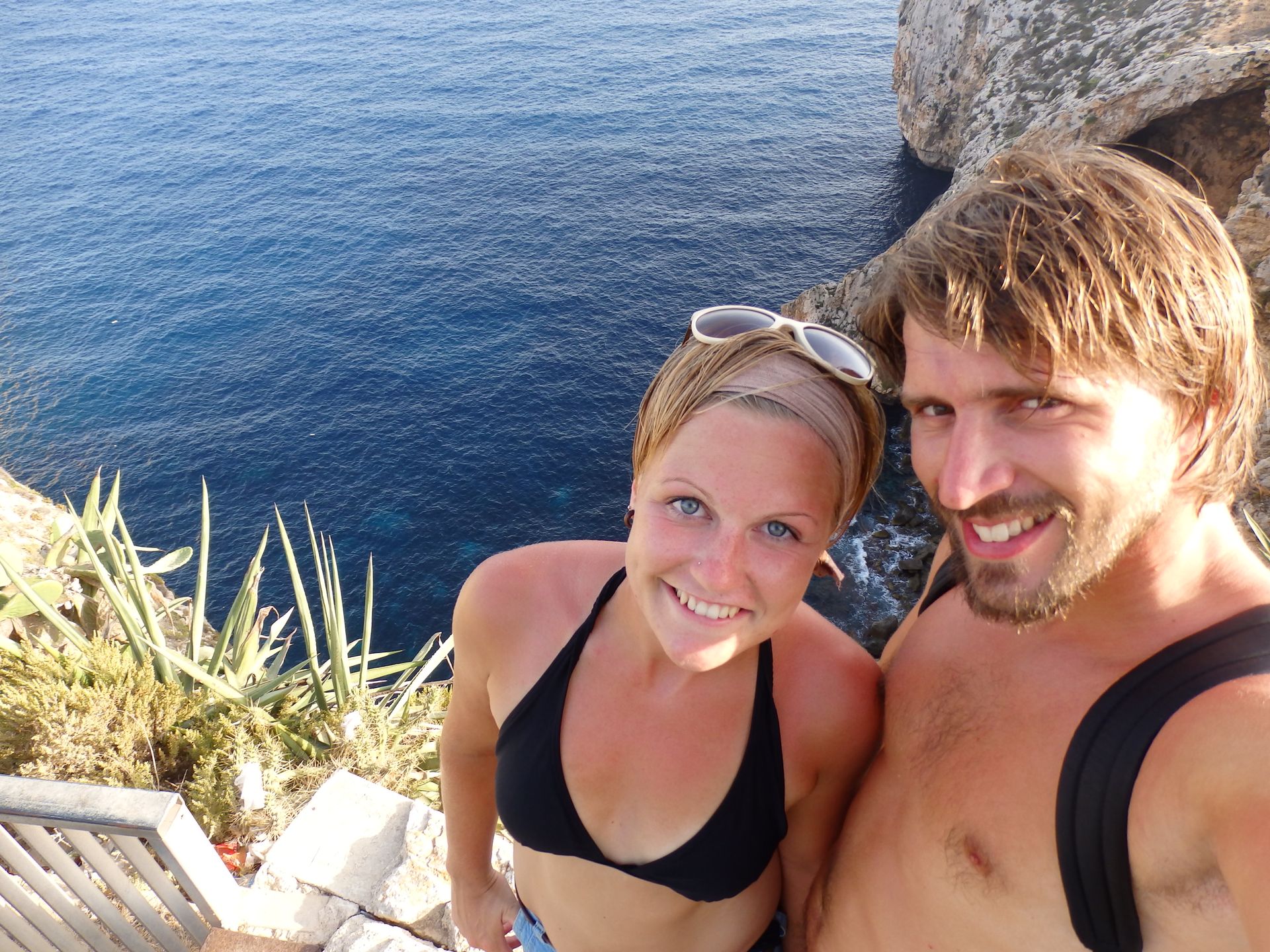Titicaca Lake
已發表: 14.04.2019
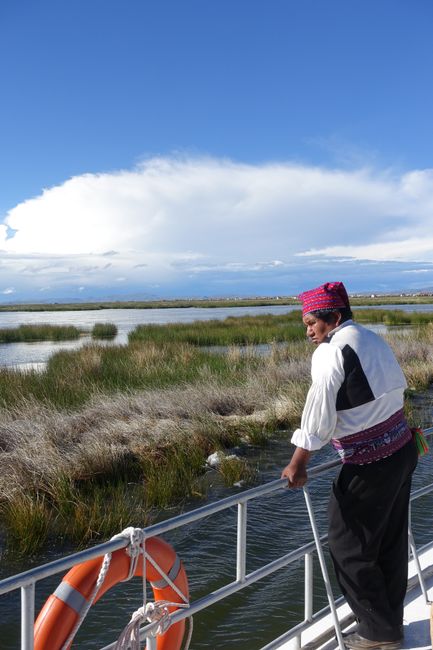
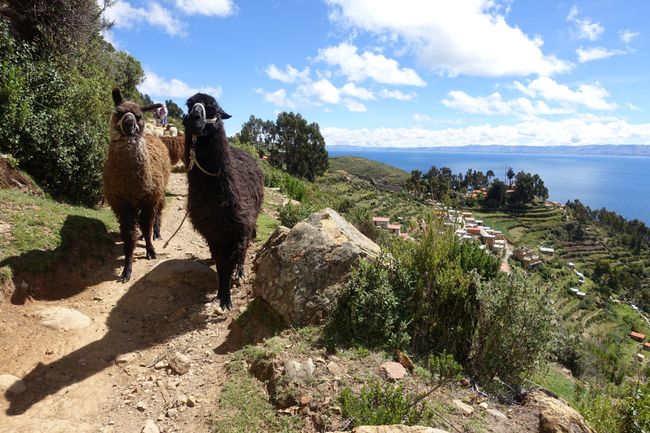
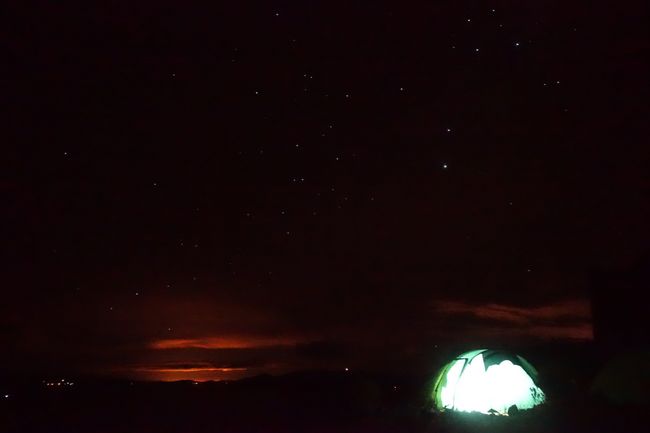
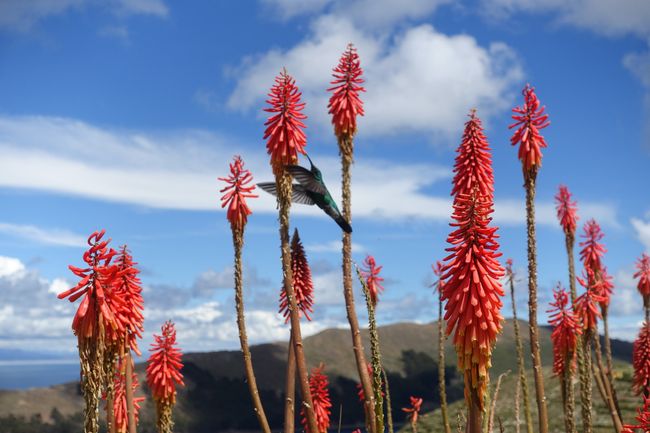
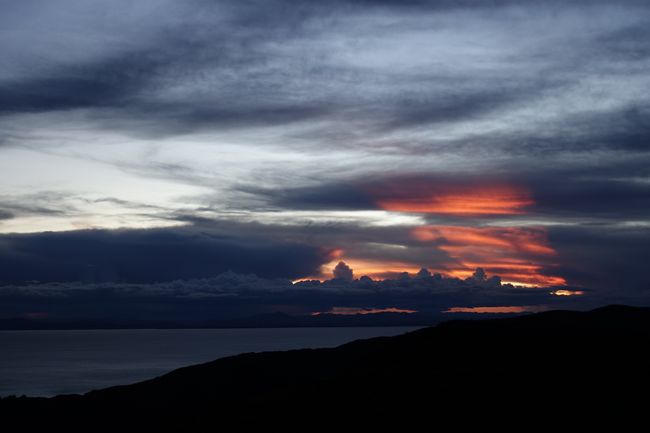
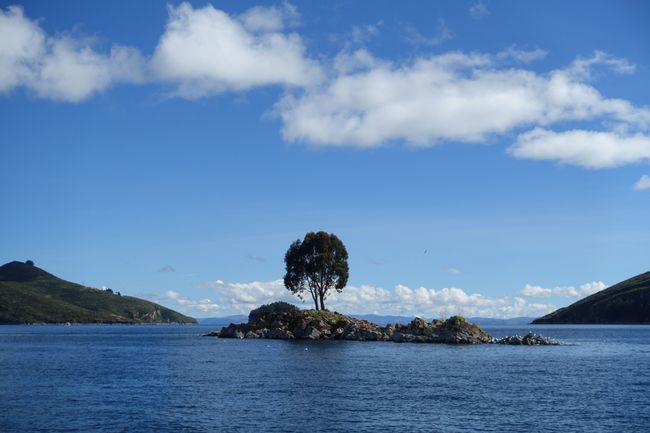
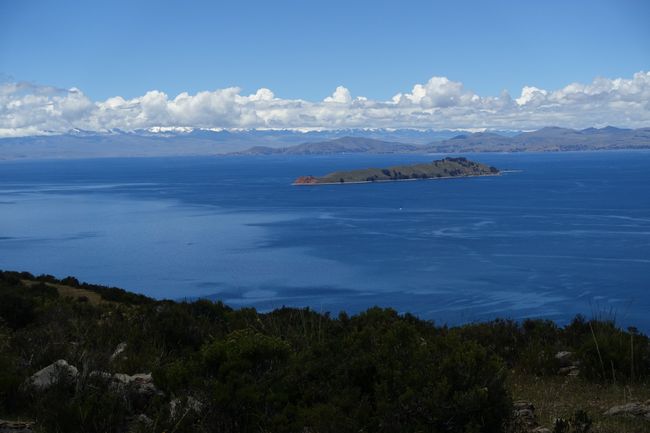
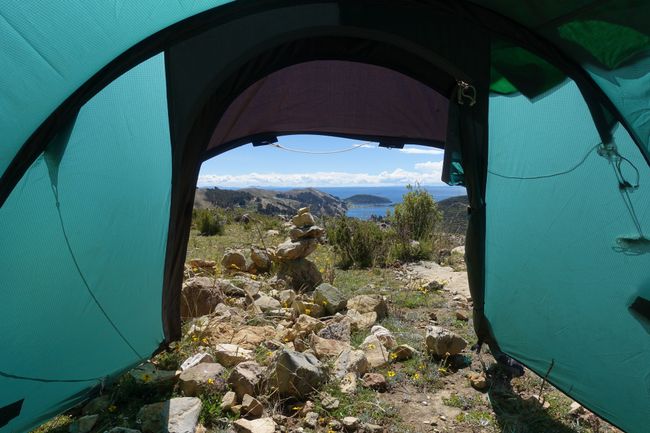
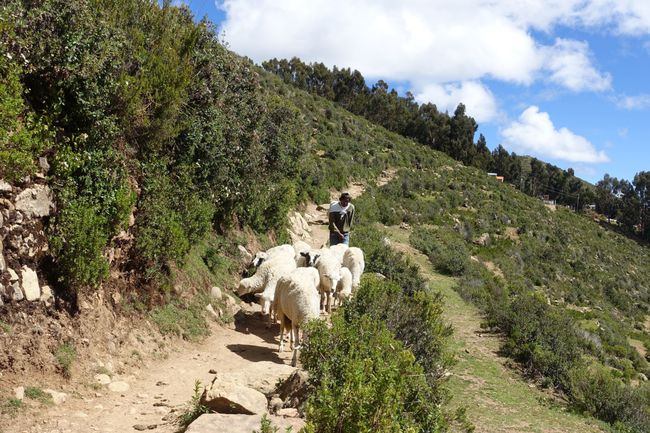
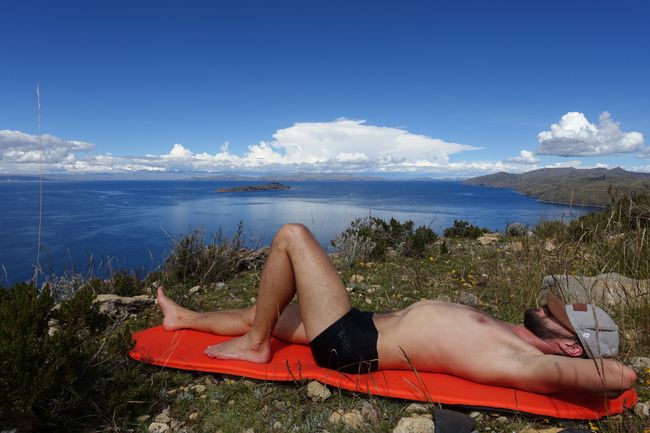
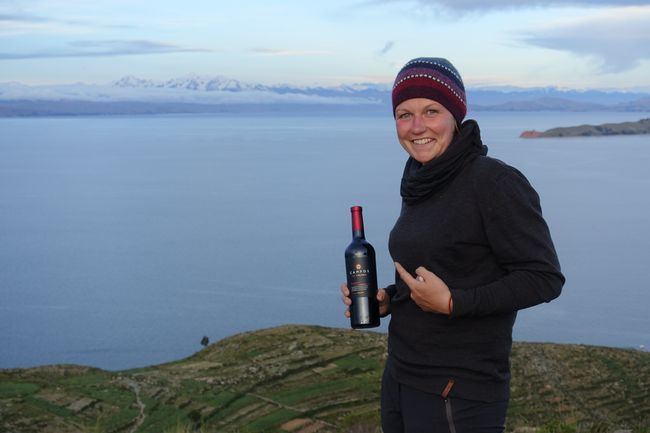
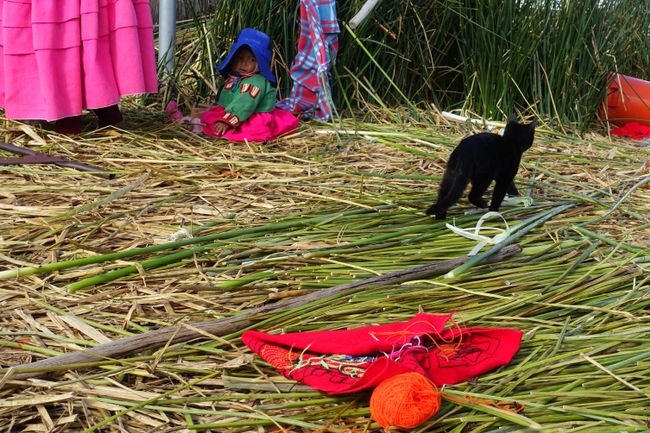
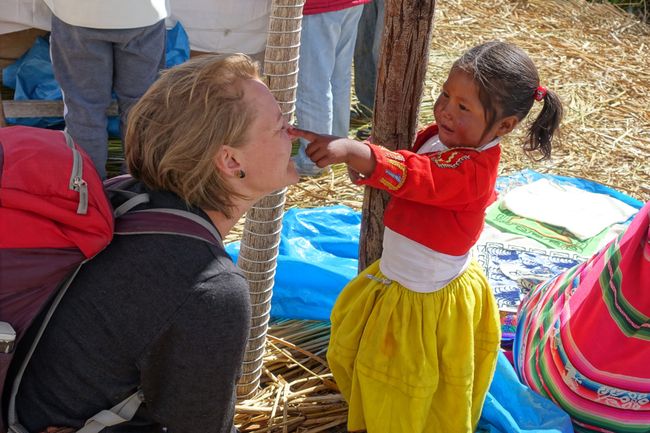
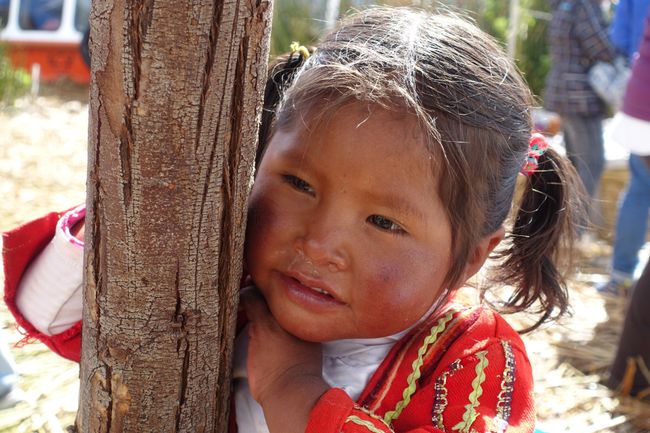
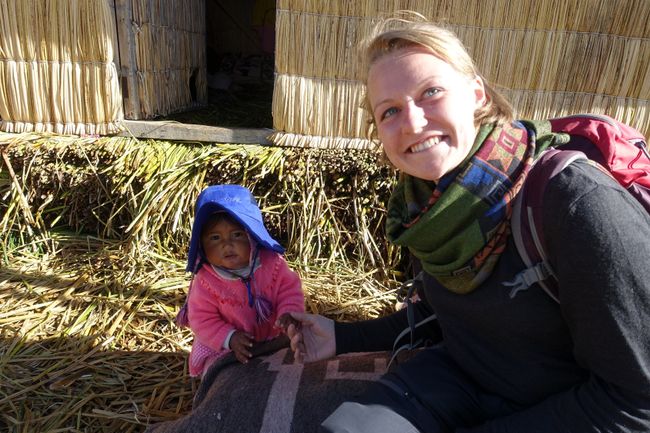
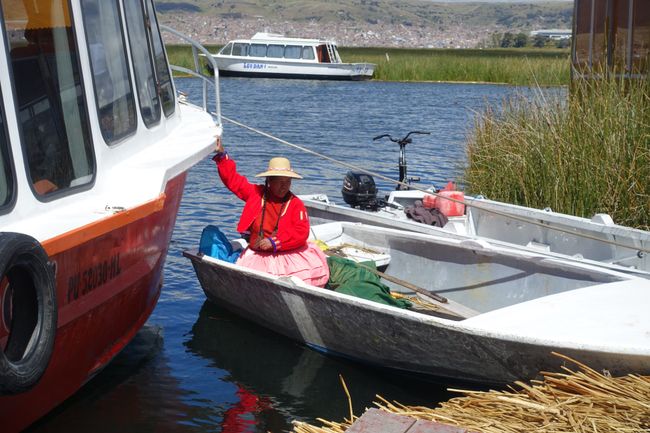
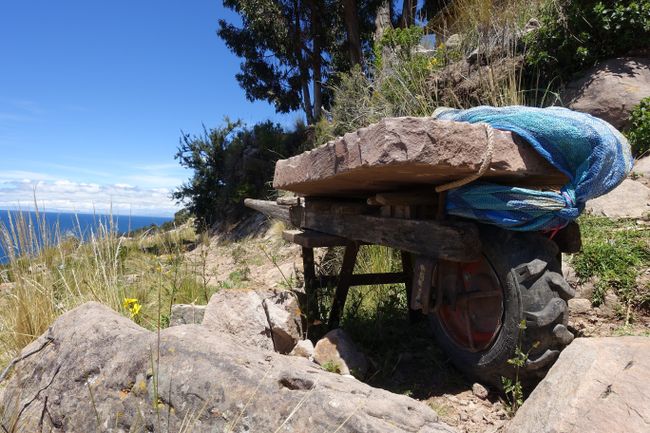
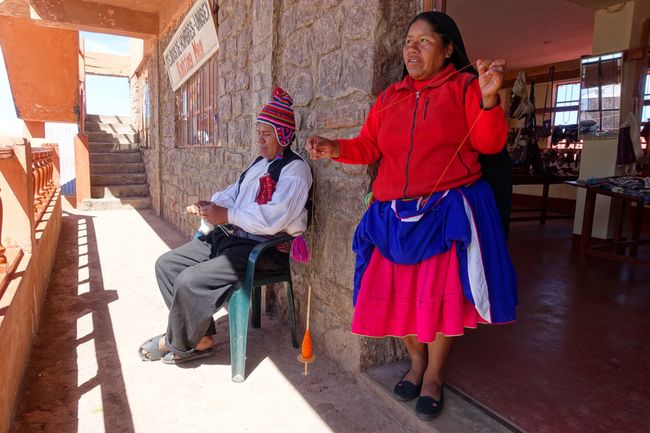
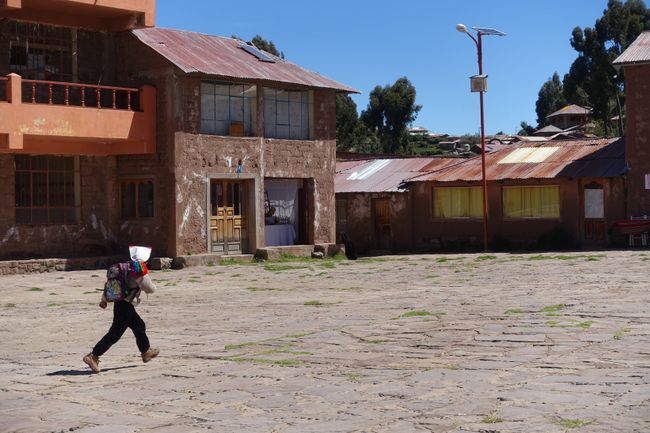
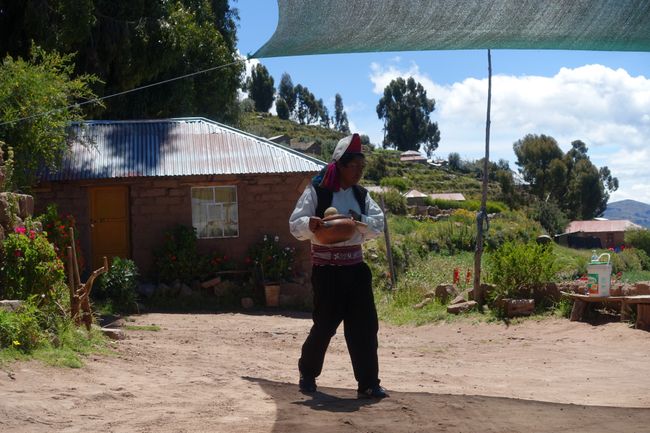
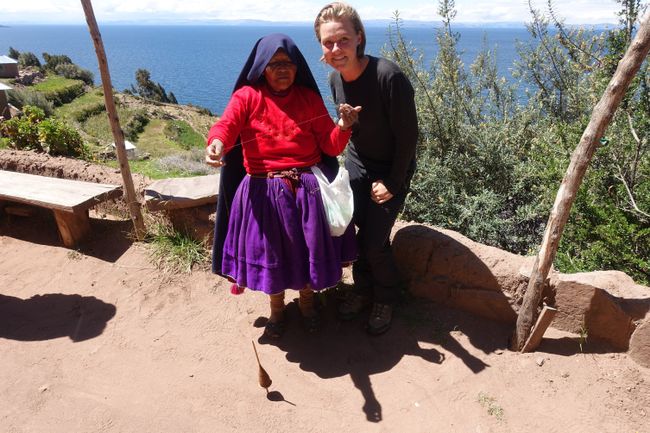
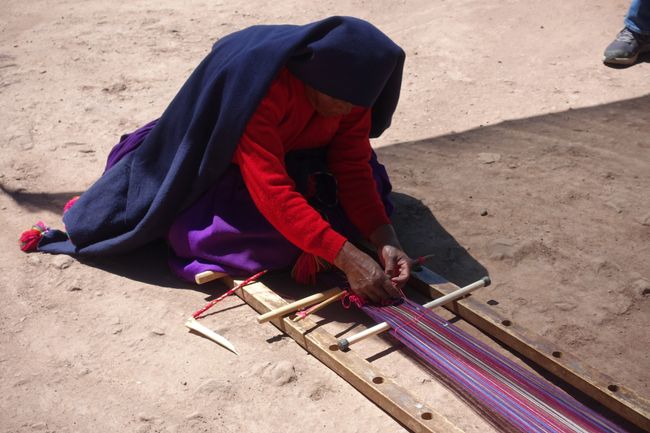
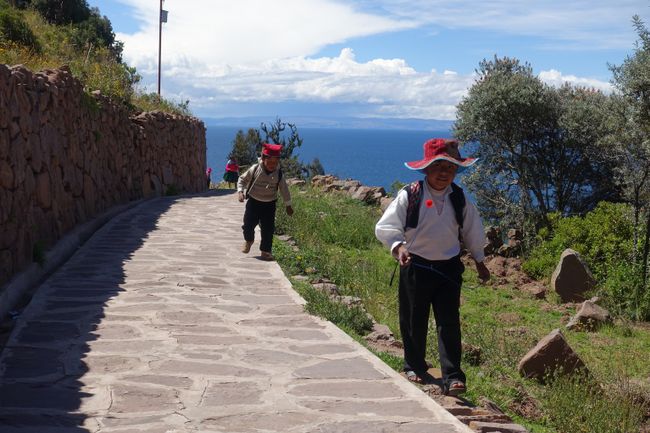
訂閱時事通訊
The next highlight awaited us at the largest and highest navigable lake in the world: Floating Islands, Taquile, and Isla del Sol! And before anyone asks: yes, the visit to the famous floating islands is now marketed as a tourist attraction; we tourists are herded in masses, which is certainly not conducive to the peaceful atmosphere of the lake. Nevertheless, in our humble opinion, the islands are definitely worth a visit: the individual islands, where three to four families live, are organized among themselves. The mayor, together with the tourism committee, ensures that each island group regularly receives tourists, so that firstly the tips are distributed fairly and secondly the island residents do not lose interest in tourist assistance. The boat driver is informed which island to steer towards, and then this group of about 25 visitors "boards" the island. Once all the tourists have taken their seats on the reed mats, the island leader patiently explains the traditions of the floating islands and demonstrates how the islands are built: by cutting the roots of the reeds growing in the lake with sickles or, nowadays, large, heavy iron saws. The reed blocks, which are approximately 1 square meter in size, are then connected to each other using reeds (or nowadays nylon threads) and wooden stakes, forming islands of up to 300 square meters. This 2-meter-thick layer of roots is then covered with a 1-meter-thick layer of reeds. The houses, which are also made of reeds and are manufactured on the shore, are then placed on the islands, like prefabricated houses; it takes four or five men to carry and set up a house. The island can now be inhabited for about 30 years before it starts sinking into the water, requiring a new island to be made. The main food on the islands used to be fish and dried birds, but also, surprise, surprise, reeds. A few types of vegetables were also consumed on the islands through bartering, mainly potatoes. The preparation of food over an open fire ended in disaster for many of the straw-dry islands, which is why there is a large bucket of water next to each stove, traditionally made of clay, in order to extinguish a fire immediately. Nowadays, most families cook with gas stoves and there is almost no open fire anymore. All tools used (including pots, plates, or ovens) were introduced to the islands through bartering, but nowadays the residents of the floating islands earn so much money from tourism that they no longer rely on bartering. We found it very interesting to see and hear how the more than 700-year-old culture has been able to preserve itself relatively well by inventing a floating home to protect themselves from enemies (such as the Incas, who often tried to conquer this people but always remained "only" trading partners).
After visiting the artificially floating islands, we continued to the island of Taquile. Here, we felt like we were in a different world! On this island, time seems to have stood still, and the 21st century has not yet arrived. A lonely path leads up the mountain, passing cultivated fields, bushes, and trees arranged as terraces. We often encountered locals, shepherds, or farmers going about their work, and here and there a bored donkey would look at us. The women always carry a spindle to spin alpaca wool, they all wear their traditional attire, consisting of wide, colorful skirts and tops, scarves over their shoulders, and pants made of alpaca wool under the skirts. The men wear black pants, white shirts with black vests, intricately woven wide belts, and a (self-knit) pointed hat. While weaving and spinning wool is women's work, boys start knitting at the age of about 5. First, a red-and-white pointed hat, which indicates that the wearer is unmarried - if the tip of the hat is draped backward, the man is not interested in a relationship. If he places the tip of the hat to the side, he is single and happy to make acquaintances! Once he has found and married a partner, he needs a new hat, a red one, which then marks him as "taken". That's how it goes on Taquile, a very peaceful and beautiful island where we would have loved to spend more than just a few hours!
However, the next day we continued along the lake, heading to Bolivia and our first city in Bolivia: Copacabana. From there, we reached the Island of the Sun, where, according to legend, the first Inca, as the son of the Sun and the Moon, was born from the Sun. However, due to a conflict on the island, the ruins and former Inca prayer sites on the northern side of the island are not accessible. We knew this and were therefore looking forward to a relaxing day on the island; our only goal for the day was to prepare the tent for the night and then lay in the sun! And so we did: we set up the tent in a sheltered spot, on a terrace below the highest point of the island, placed the sleeping mats on the grass, and whiled away the time with a guitar and a good book. Hardly any visitors, we felt like we were alone in the world; it was wonderful! We had already heard about the storms on the lake, which are apparently very impressive due to the many lightning strikes, and shortly after nightfall, we saw numerous flashes in the distance against the starry night sky. When we went to sleep, we did not expect that the storm would come so close to us later! At about two o'clock in the morning, we experienced the most intense thunderstorm of our lives: torrential rain, flashes that illuminated the tent as if it were day, and thunder that made the ground beneath us vibrate for seconds. After two hours, the storm was over, and we woke up the next morning to brilliant sunshine and the chirping of birds - the only sound far and wide! Back on the mainland, we left the impressively large Lake Titicaca and headed to La Paz. We stayed there for a few days, visited the impressive cemetery, rode the cable cars that crisscross the city, visited the witch market, and enjoyed a few quiet days without the everyday routine of packing our backpacks and moving on!
訂閱時事通訊
回答

旅遊報告秘魯
